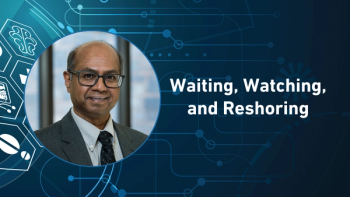
E-prescribing continues to encompass more of the prescription universe
E-prescriptions written in its network crossed the 1-billion mark in 2013, says Surescripts
Paper prescription pads haven’t quite gone the way of the buggy whip, but they're farther along the way, according to the
- 1.04 billion prescriptions were handled via its network, up 32% from the previous year, which Surescripts says represents 58% of “eligible” prescriptions
- 73% of all office-based physicians are using the network, up four percentage points from the previous year, part of the 566,000 prescribers who are now connected
- 95% of all community pharmacies (and 98% of chain pharmacies) are now connected
- More than 600 electronic health-record (EHR) systems—which is pretty much all of them—are connected, enabling varying degrees of not just prescription information to be exchanged, but also medication histories (which can be helpful for drug-drug interactions and other risks).
As part of a Safe-Rx program, Surescripts ranks states by the extent of their e-prescribing connectedness; on this measure, the top five states (in order) are Delaware, Minnesota, Vermont, Wisconsin and Massachusetts (the bottom is Alaska and the District of Columbia).
Surescripts has also set up an Electronic Prescribing of Controlled Substances (EPCS) system, which requires validation as part of the Controlled Substances Ordering System (
For the pharma industry, a connected healthcare delivery system provides better access to patient data (albeit de-identified), lower risk of drug-drug interactions, and, depending on the drug, the physician and the disease, less abandonment of prescriptions (Surescripts notes that e-presciption fulfillment via mail order has jumped by 31% in the past year, to 63 million prescriptions).
Newsletter
Stay ahead in the life sciences industry with Pharmaceutical Commerce, the latest news, trends, and strategies in drug distribution, commercialization, and market access.




